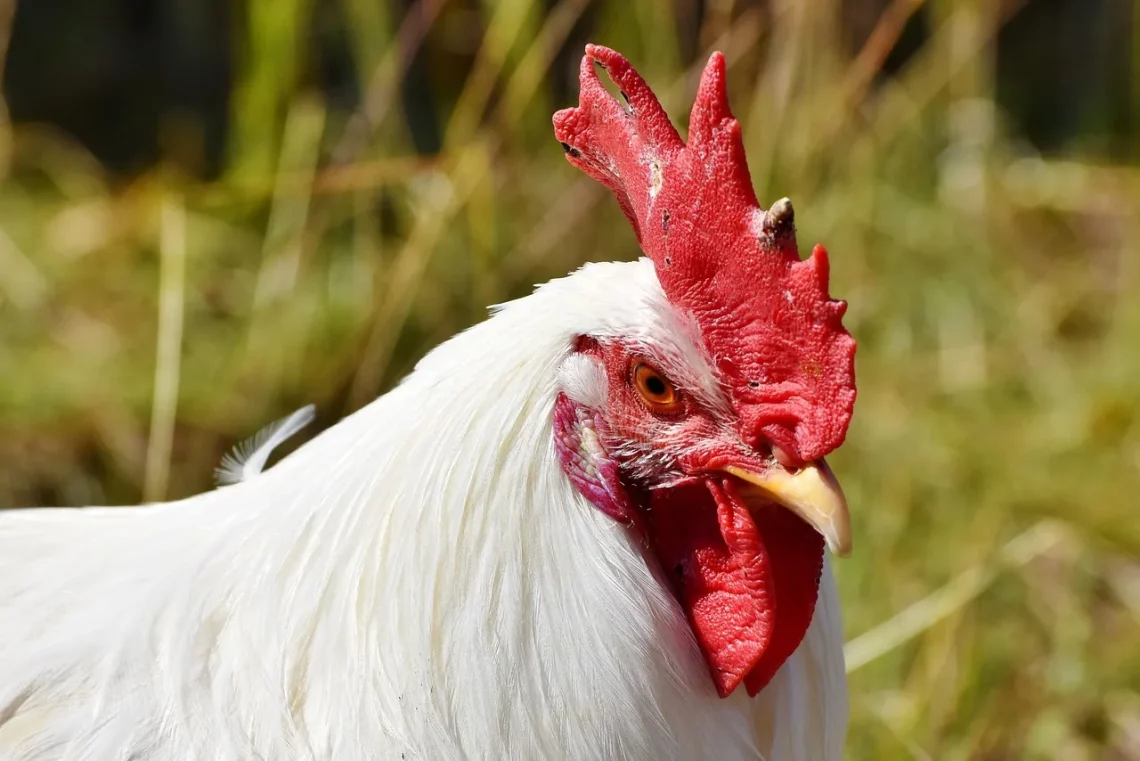
Understanding the Causes and Care for a Limping Chicken
Chickens are fascinating creatures that have been domesticated for thousands of years. They are not only a source of food but also beloved pets for many chicken enthusiasts. However, like any other animal, chickens can experience health issues that may affect their mobility and overall well-being. One common problem that chicken owners may encounter is limping. Limping can be distressing for both the chicken and its owner, as it indicates that the bird is experiencing pain or discomfort. Understanding the underlying causes of limping is crucial for effective care and treatment.
In addition to the physical implications, a limping chicken can also affect the dynamics of a flock, leading to stress among the other birds. It is essential for chicken owners to be observant and proactive when they notice any signs of limping. While some causes may be minor and easily treatable, others could indicate more serious health issues that require immediate attention. By being informed about the potential causes and appropriate care strategies, chicken owners can ensure their feathered friends remain healthy and happy. This article will delve into the various reasons a chicken might limp and the necessary steps to take to provide proper care.
Common Causes of Limping in Chickens
Limping in chickens can stem from various causes, ranging from minor injuries to serious health conditions. One of the most common reasons for a chicken to limp is an injury, such as a sprain or strain. Chickens are naturally active and often engage in running, jumping, and scratching, which can lead to accidents. A sudden movement or a fall can result in a sprained leg or foot, causing the chicken to favor the injured limb.
Another prevalent cause of limping is bumblefoot, a bacterial infection that affects the footpad of chickens. Bumblefoot typically manifests as a swollen, painful lump on the foot, and it can make walking difficult. If left untreated, this condition can lead to more severe health issues, including systemic infections.
Foot and leg deformities can also contribute to limping in chickens. Some birds may be born with congenital issues that affect their gait, while others may develop problems due to improper care or poor breeding practices. Conditions such as arthritis or gout, which can develop as chickens age, can also cause limping by leading to joint pain and inflammation.
Lastly, nutritional deficiencies can result in limping as well. A lack of essential vitamins and minerals, particularly calcium and vitamin D, can weaken bones and joints, making chickens more susceptible to injuries and impairing their ability to move properly. It is crucial for chicken owners to provide a balanced diet to support their chickens’ overall health and prevent potential limping issues.
Diagnosing the Issue
When a chicken is observed limping, the first step is to diagnose the problem accurately. Careful observation is essential; owners should look for signs of swelling, discoloration, or any visible injuries on the affected leg or foot. It can be helpful to isolate the limping chicken from the rest of the flock to monitor its behavior more closely and prevent any additional stress to the bird.
A thorough physical examination should include checking for any abnormalities in the leg, foot, or joints. Owners should also assess the chicken’s walking pattern—does it avoid putting weight on the injured leg, or does it appear to be moving normally despite the limp? Observing the chicken’s behavior regarding feeding and social interactions can also provide valuable insight into its overall health.
If the cause of the limp is not immediately apparent, consulting a veterinarian is advisable. A veterinarian experienced with poultry can conduct a more comprehensive examination and may recommend diagnostic tests such as X-rays to evaluate any internal injuries or conditions. This professional guidance can be crucial, especially in cases where a severe infection or chronic condition is suspected.
Early diagnosis is key to effective treatment. The sooner the underlying issue is identified, the better the chances are for a successful recovery. For minor injuries, home care may suffice, but for more serious conditions, timely veterinary intervention can make all the difference in the chicken’s well-being.
Providing the Right Care
Once the cause of the limping has been diagnosed, the next step is to provide appropriate care. For minor injuries, rest is often the best medicine. Isolating the chicken in a quiet, comfortable space can help it recover without the stress of interacting with the rest of the flock. During this time, it’s essential to ensure that the chicken has easy access to food and water.
For cases of bumblefoot, treatment may involve cleaning the infected area, applying antiseptic, and bandaging the foot. In some instances, a veterinarian may need to perform a minor surgical procedure to remove any abscesses and drain the infection. Follow-up care is critical, as the chicken will require regular monitoring and potentially additional treatments to ensure a full recovery.
In situations where nutritional deficiencies are identified as the underlying cause, adjusting the chicken’s diet becomes crucial. Providing a high-quality, balanced feed that meets all nutritional requirements can help strengthen bones and joints. Additionally, offering supplements, such as calcium or vitamin D, may be beneficial, particularly for older birds.
For chronic conditions like arthritis or gout, long-term management strategies may be necessary. This could include changes in diet, weight management, and possibly medications prescribed by a veterinarian. Providing a comfortable living environment with adequate space to move can also help alleviate discomfort and promote mobility.
Regular check-ups and preventive care measures are vital for maintaining the overall health of chickens. Keeping a close eye on their behavior, ensuring proper nutrition, and providing a safe living space can significantly reduce the risk of limping and other health issues.
Preventive Measures for Healthy Chickens
Preventing limping in chickens involves a combination of good husbandry practices and proactive health management. A clean, safe environment is crucial. Ensuring that the chicken coop and yard are free from hazards can minimize the risk of injuries. Regularly inspecting the coop for sharp objects or uneven surfaces can help prevent accidents that lead to limping.
Proper nutrition is another vital aspect of prevention. Providing a balanced diet rich in essential nutrients will support the overall health of chickens and strengthen their bones and joints. Access to fresh, clean water at all times is equally important, as hydration plays a significant role in maintaining health.
Regular health checks should be part of routine care. Observing chickens for any changes in behavior, mobility, or appearance can help catch potential issues early on. Monitoring their weight and condition can also provide insights into their overall health status.
Engaging with knowledgeable veterinarians for regular check-ups and vaccinations is an essential preventive measure. These professionals can offer valuable advice on maintaining the health of the flock and addressing any emerging concerns before they escalate into significant problems.
Finally, keeping stress levels low is crucial for maintaining the health of chickens. Providing ample space, a stable flock dynamic, and minimizing disturbances can help create a harmonious environment conducive to their well-being.
In conclusion, understanding the causes of limping in chickens and providing appropriate care is vital for chicken owners. By being vigilant and proactive in their care practices, owners can ensure that their feathered friends remain healthy, happy, and fully mobile.
**Disclaimer:** This article is not intended as medical advice. If your chicken is experiencing health issues, it is important to consult a veterinarian for professional guidance.




